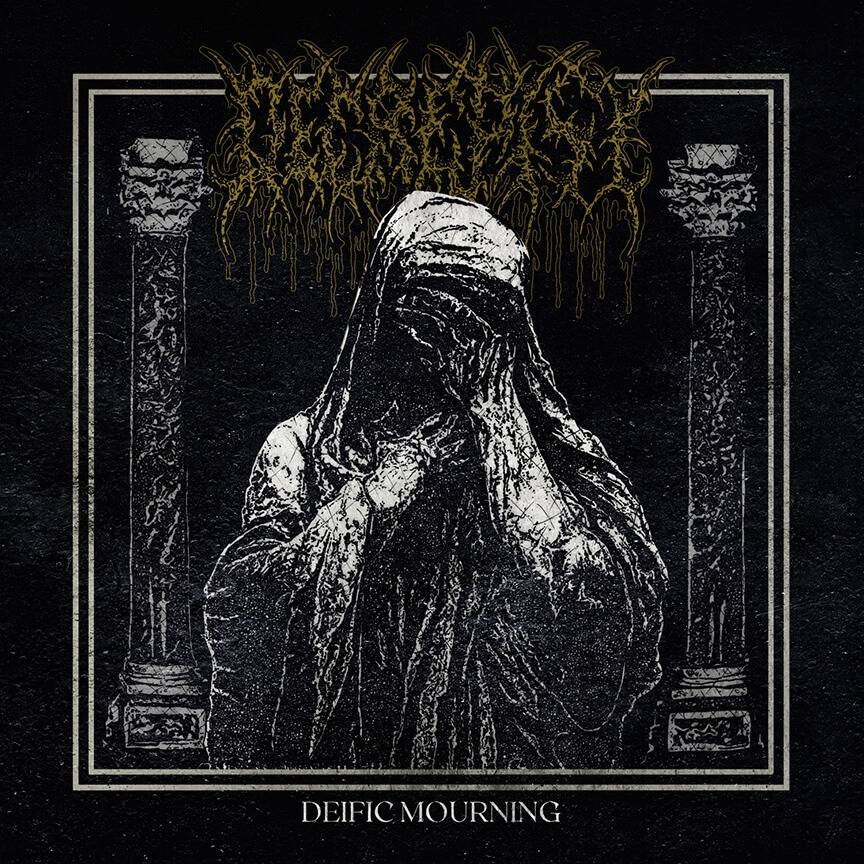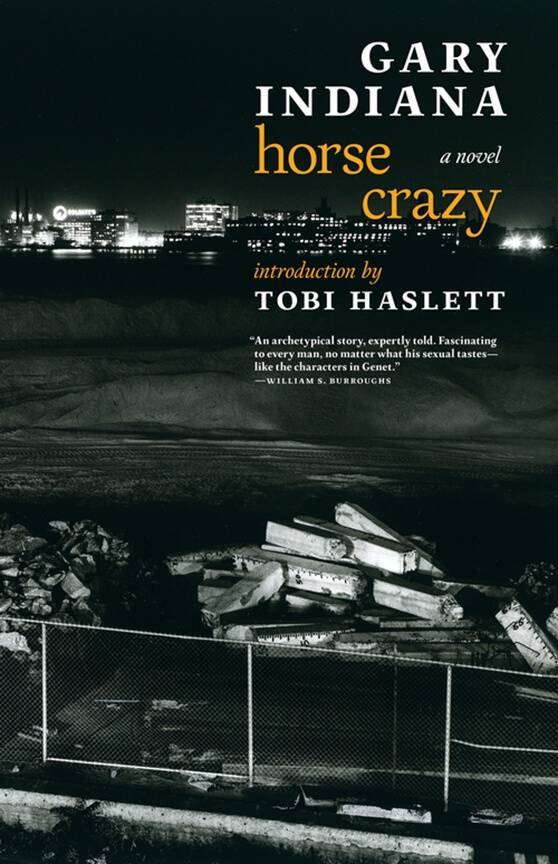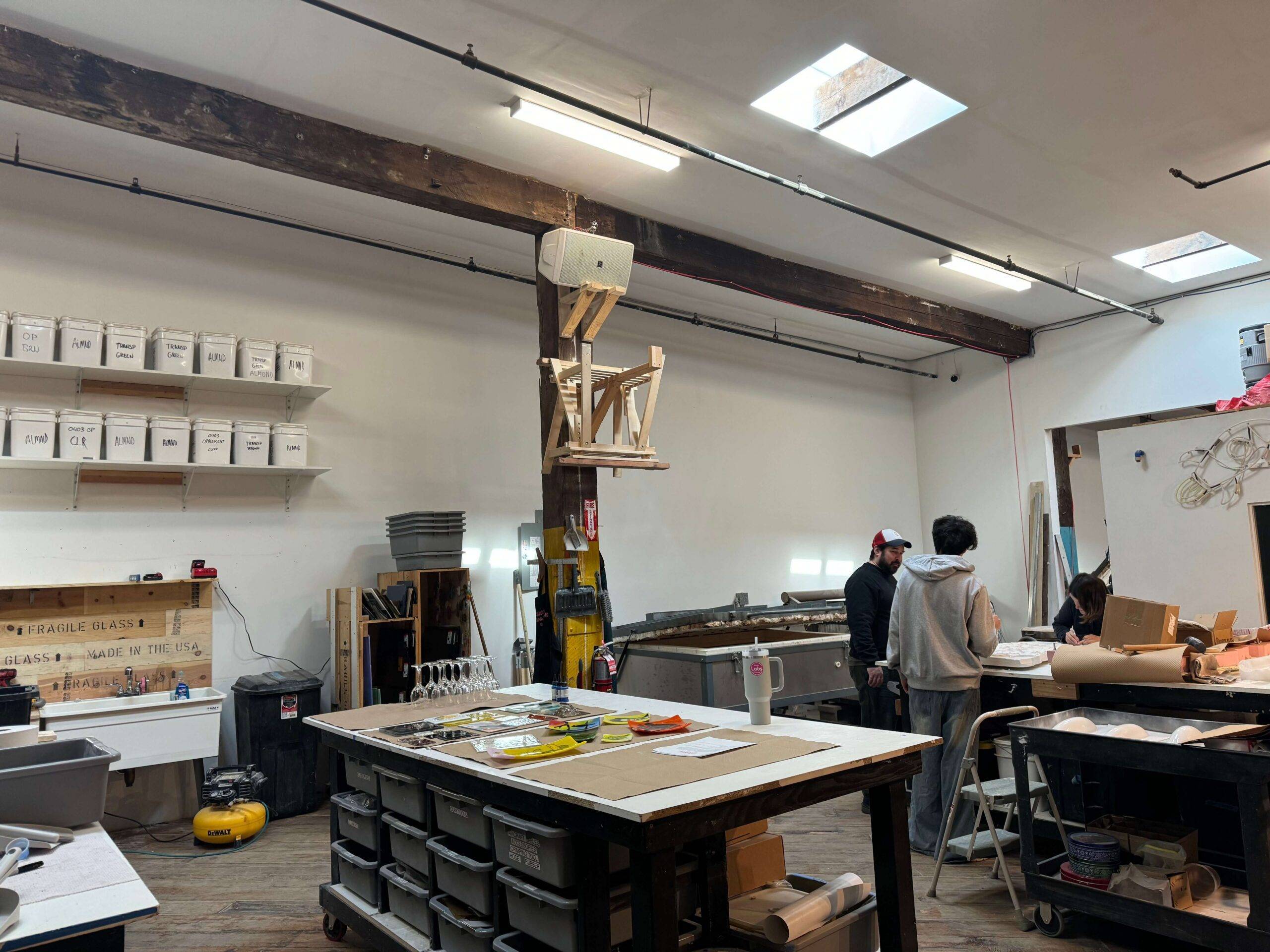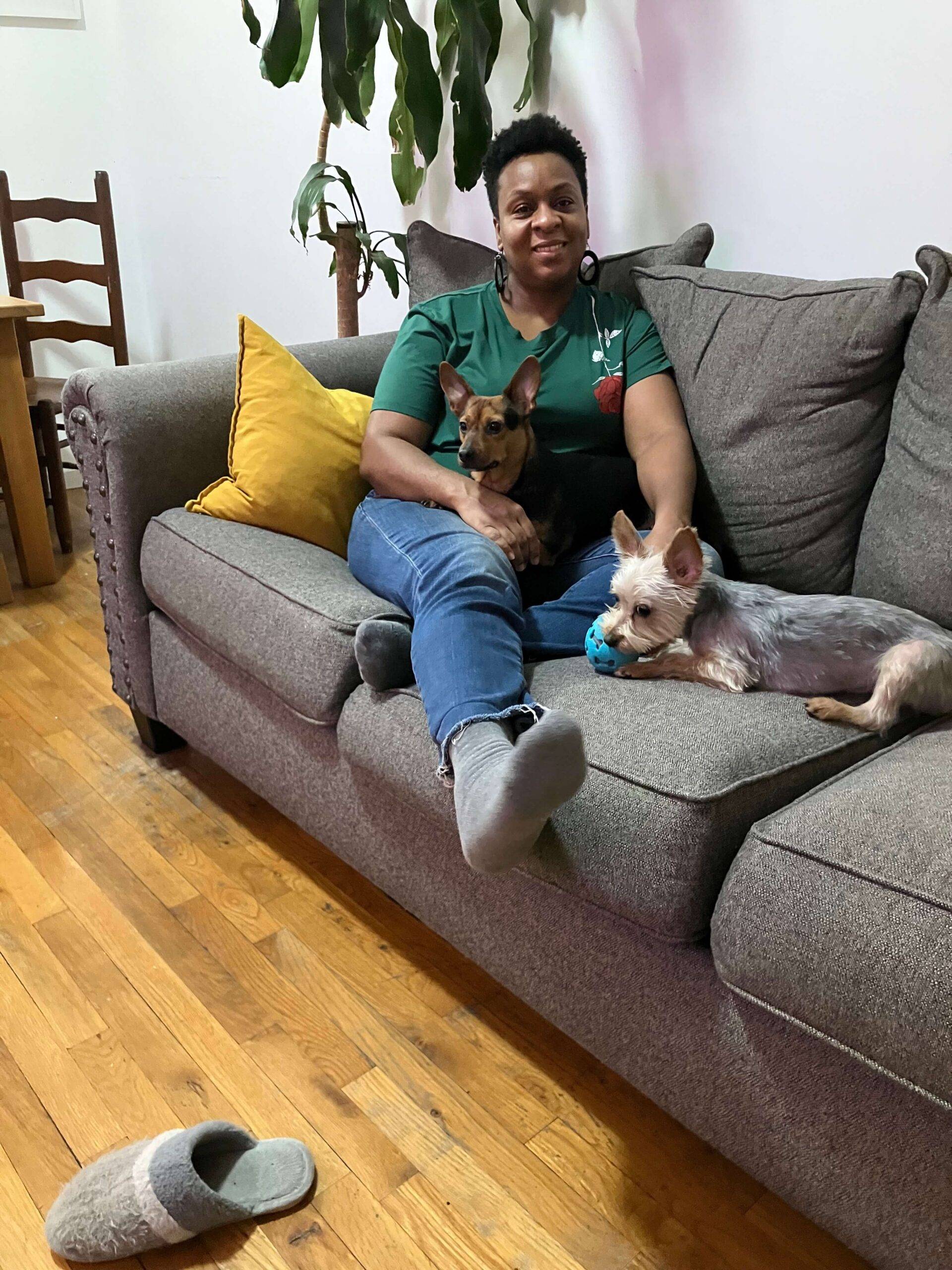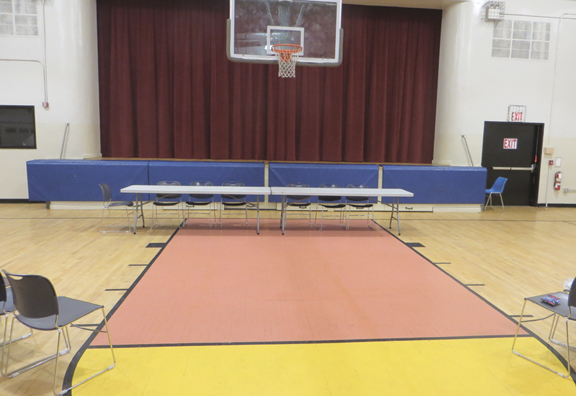
On January 3o, about 50 residents of the Red Hook Houses gathered in the PAL Miccio Center for the next of the New York City Housing Association’s (NYCHA) biweekly meetings to discuss progress with post-hurricane repairs. A few copies of the organization’s newsletter—now more than one month out-of-date—peppered tables in the lobby. In the auditorium, Miccio Center Director Tyrone Lewis had rows of chairs for the tenants set out at center court. Tables at which they could file personal complaints with NYCHA staff were placed in the back, just like they had been at the January 16 meeting.
The only things missing were the NYCHA personnel.
Community members, blue with cold from what they reported as on-again, off-again heating in freezing overnight temperatures, flushed with confusion and anger at what NYCHA Director of State & City Legislative Affairs, Brian Honan later called a “miscommunication.”
Residents, including Henrietta Perkins, clutched flyers printed on yellow stock issued as reminders of both the January 16 and January 30 meetings.
Jose Clavell, pointing at the flyer, identified himself among a contingent of residents who’d foregone the January 16 meeting for this one because of work obligations.
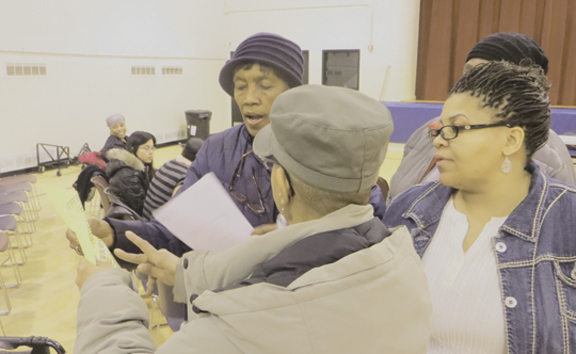
Lilly Marshall, the Tenants Association President of Red Hook Houses West, quickly denied that the flyer was circulated by NYCHA staff, or that the organization had scheduled a meeting that evening at all.
“There are other places for [NYCHA] to be working. No one’s coming because they’re pretty much caught up with the repairs. There’s nothing more we can tell them,” she said.
Residents including Clavell and Irma Rivera demurred. “This is a joke—but really, it’s not even funny. When is the work going to be done?” Rivera asked.
On hand to step into the void—and into a familiar position—was Carlos Menchaca. With NYCHA absent, Menchaca, a community organizer who has been deeply involved with hurricane relief efforts in the Red Hook Houses, volunteered to coordinate the meeting himself.
After gathering the chairs into a rough circle and calling the residents to seat themselves, a smartly dressed Menchaca asked them to take turns listing their complaints while he took notes. Before he began, Menchaca, who worked closely with NYCHA after the storm—covering their “blind spots,” as he later called them—dialed Brian Honan of NYCHA directly, asking him to speed over.
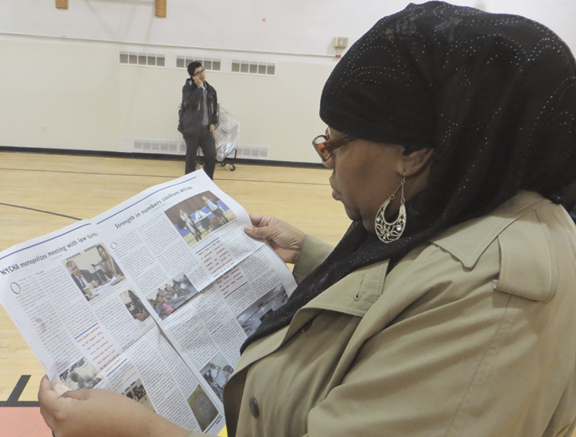
The meeting, scheduled to begin at 6:30 pm, got off the ground a few minutes later. One by one, residents offered problems pre- and post-Sandy—cracked walls, mildew, grease, bathroom mold—into the bonfire of their discontent at the circle’s center. Ceaseless side conversations and the auditorium’s acoustics converted it into a ricocheting echo chamber.
“Sandy is bringing everything to light, including problems before the storm,” Perkins said when it was her turn.
Others continued to tick off lists of incomplete repairs or maladjustments to heating and cooling. Another young resident, Xiaoping Lin, described the growth in her hunting skills in the absence of NYCHA and proper extermination.
“I’ve become a mouse-catching expert. I learned that when you chase it, a mouse is scared. But I’m not scared. When it jumps behind the shoes, I grab it and catch it,” she said.
But sentiment most demonstrably coalesced around the fiery oration of Ulysses Bermudez.
“Let’s cut to the chase. Enough with repairs—the board of directors and [NYCHA Chairman] John Rhea need to be fired. They just tell us what they want to tell us. But it’s time to clean house and get them the hell out of here,” he said.
“He said it all,” came assenting echoes among the residents.
Brian Honan, seating himself after entering at 7:15 pm, was not welcomed.
“You’re going to tell me the sky is green, and when I say it’s blue—you’re mad because I’m challenging you?” Sarah Chapman quizzed, accusing NYCHA representatives of neglecting maintenance problems that remain in the Houses.
Honan, wary, took to the circle’s center after all residents had dislodged their complaints—and tried to put a positive spin on things.
“Coming to this meeting is a good use of your time. Accountability is an issue that every agency faces. The federal government, the state government, and the local government are all to blame here. But I have to admit that NYCHA, even though we have no money for repairs, shares some of that blame,” he told the residents.
“NYCHA’s properties house 600,000 people. That’s bigger than Miami, bigger than Boston, and bigger than Baltimore. It would be the second largest city in New York State, but we just don’t have the funding we need for repairs,” he said, adding that NYCHA plans to have a new plan for repair funding within the next year and a half.
Marshall, still in attendance, was among the first to attack Honan’s assertions about funding. After dispelling rumors about the flyers at the start of the meeting, she took the opportunity to grill Honan in front of the tenants.
“There was recent work in 2008 with bricks. [The bricks] are fine, but because of people’s air conditioners, you’re spending all this money on worthless scaffolding,” she said, referring to the “sidewalk shedding” NYCHA has prioritized putting in place outside the Houses while it delays the step of actual construction. Problems with the air conditioners concerned their placement. Marshall identified two buildings—those at 82 Dwight and 135 Richards—in particular.
Honan said existing legal frameworks “forced [NYCHA] to spend that money,” but acknowledged that “the money could be used better.”
In the end, Honan—who continued to pledge he was “willing to meet with anyone who’s willing to meet”—evaded the residents’ full ire. After his explanations, they demanded that NYCHA send more personnel in addition to Honan to meetings so their complaints would reach more ears.
The echo chamber of residents’ voices continued into the hallway, down the stairs and out into the cold. Honan and Menchaca remained in the auditorium conferencing.
“It seems like they really need a place to come and, well, vent a little bit. Maybe we can come up with a board on which we can write down all of these complaints,” Menchaca said.
Honan was only committal about one thing—that the next meeting will occur February 13, at the same time as an Environmental Protection Agency meeting discussing plans for cleanup of the Gowanus Canal.
In an email to Star-Revue, NYCHA said it had reduced the frequency of the meetings to once per month “when attendance significantly declined.” The organization denied scheduling a meeting place and either creating or distributing flyers.
But the question lingered: where did those flyers the residents brought come from?
As Menchaca described it, certain community members agreed to a design and forwarded it to him. He, in turn, passed it to acting president of the Lambda Independent Democrats of Brooklyn (LID), Matthew McMorrow—who then paid for its printing at Park Slope Copy.
If NYCHA participated in the “miscommunication” that the frequency of the meetings had changed, then LID and Menchaca—who recently filed to run for Sara Gonzalez’s seat on City Council—also did by preparing the flyer. Menchaca, though his timing was ripe to show up NYCHA by running the meeting himself, was also careful to show solidarity with Honan and his organization, whom he latently called to the meeting when it was clear no one from NYCHA planned to attend. Menchaca later stated that “a larger conversation about NYCHA needs to occur.”
At the same time, it was not clear why NYCHA—an organization with which so many residents are so visibly discontent—decided to reduce the frequency of its meetings. About 100 residents attended the last meeting on January 16.






